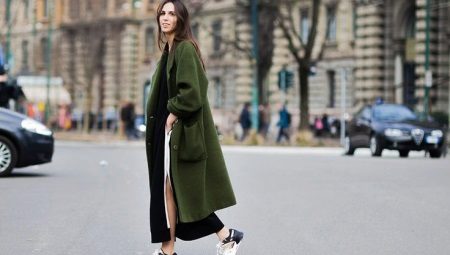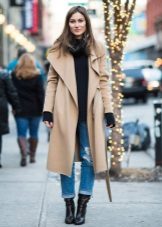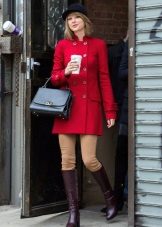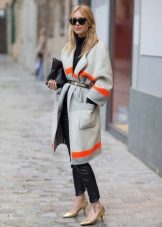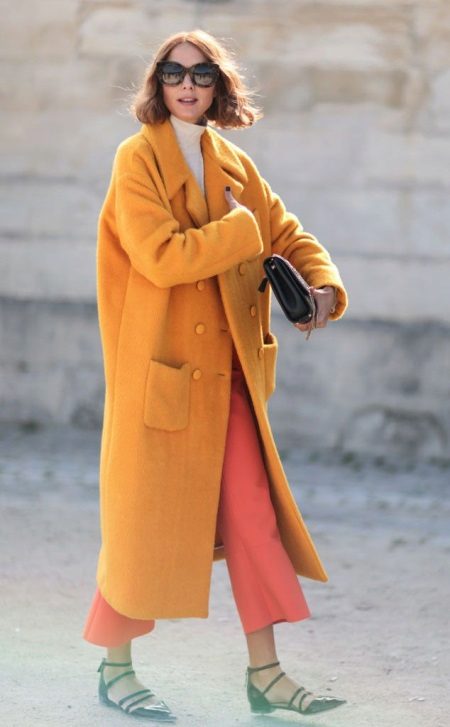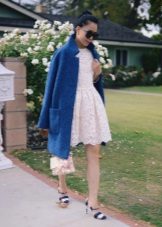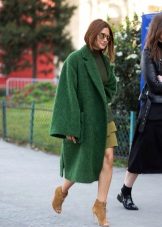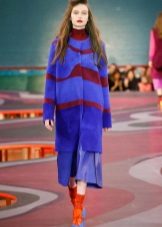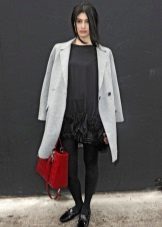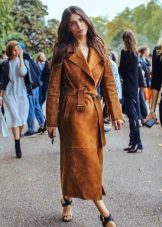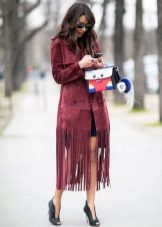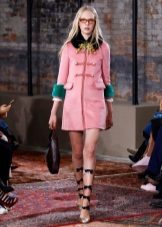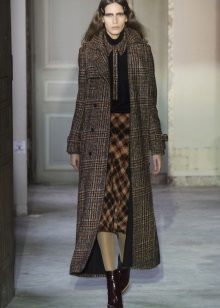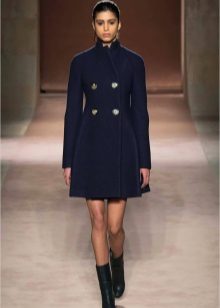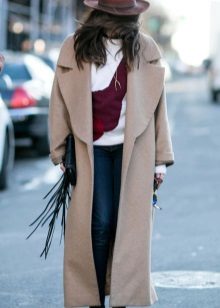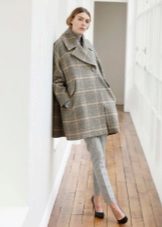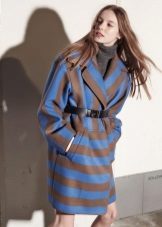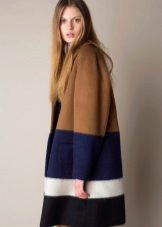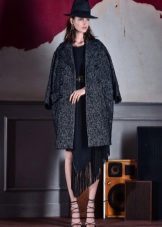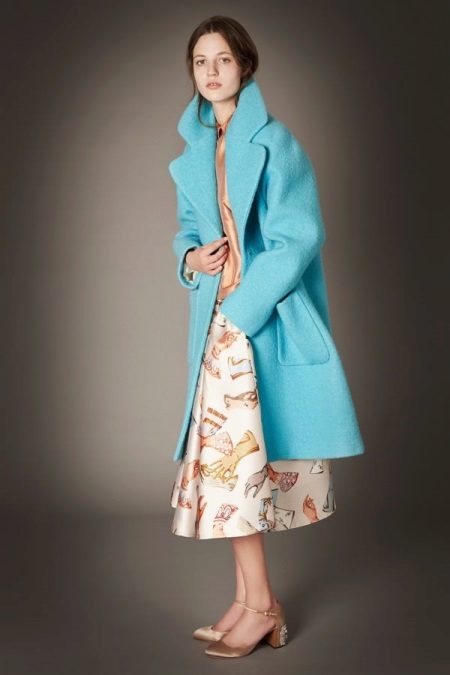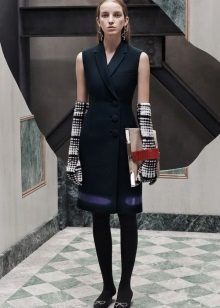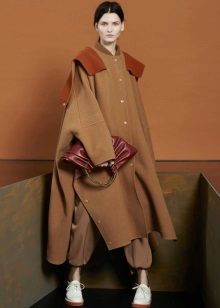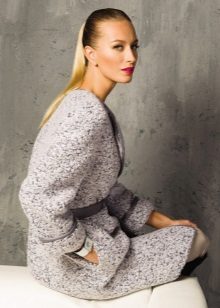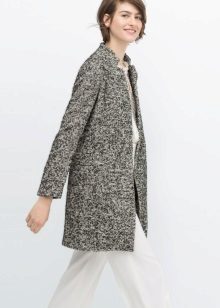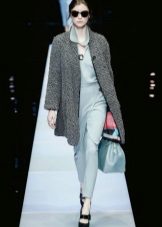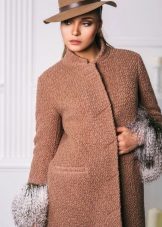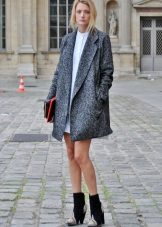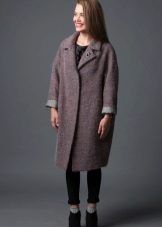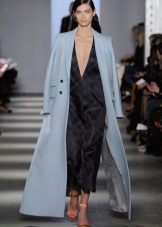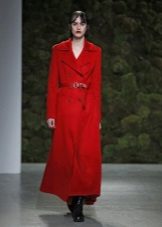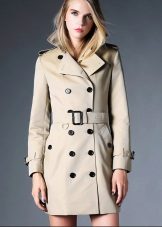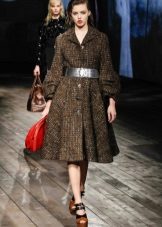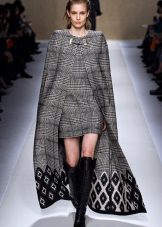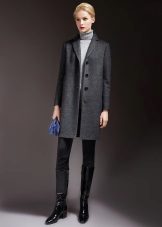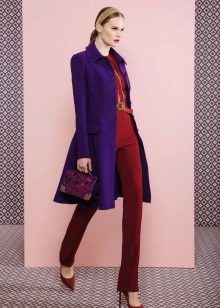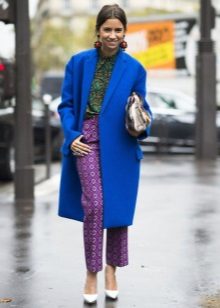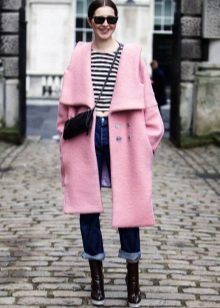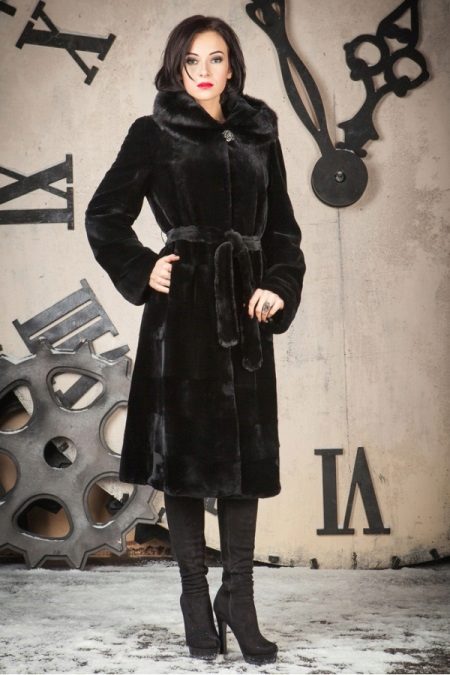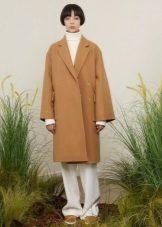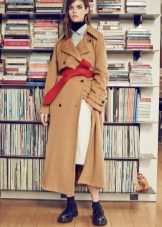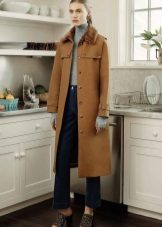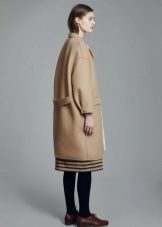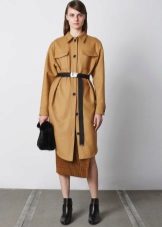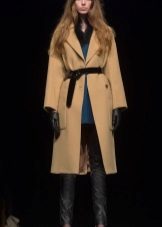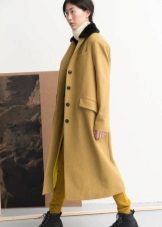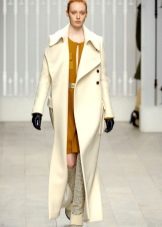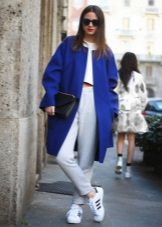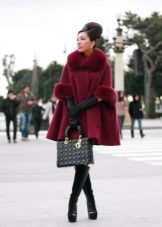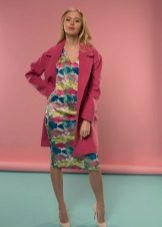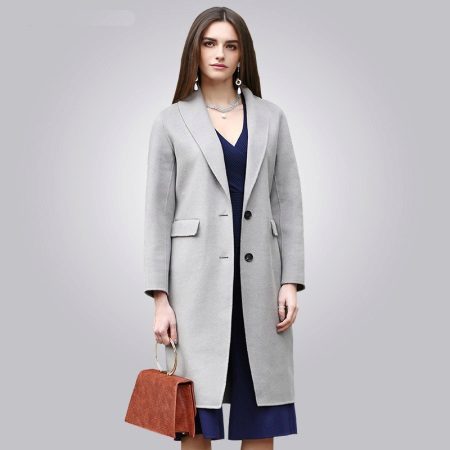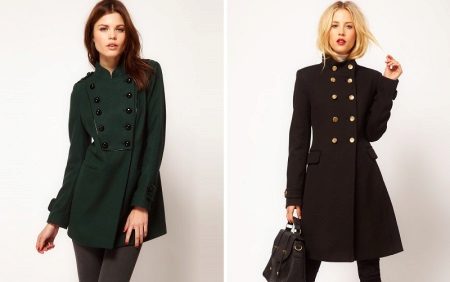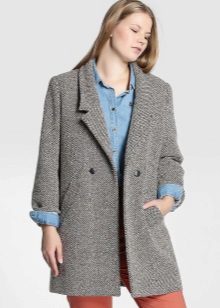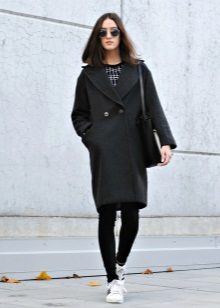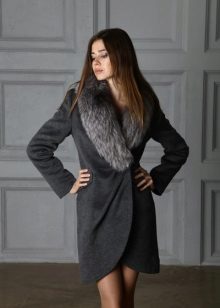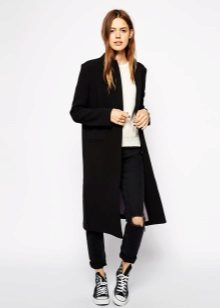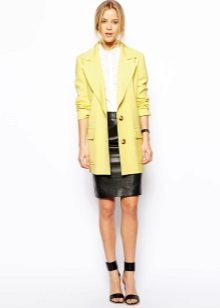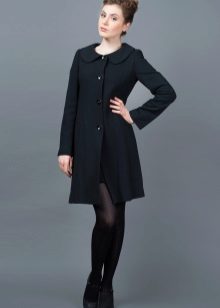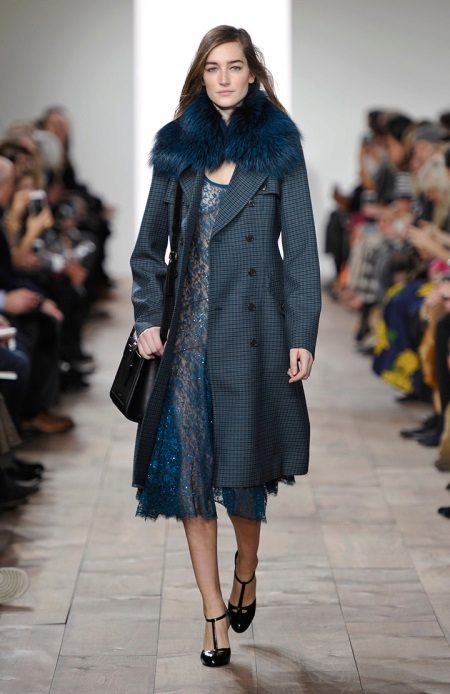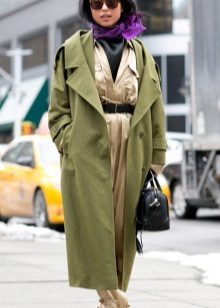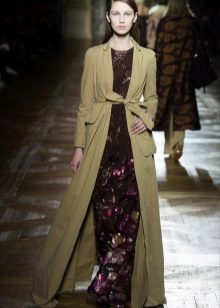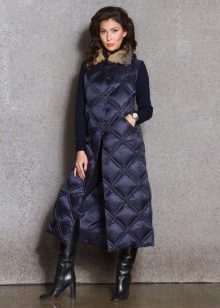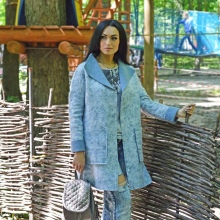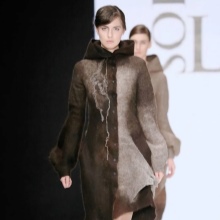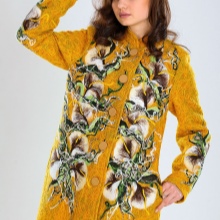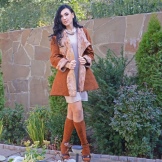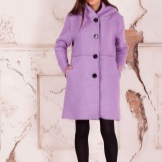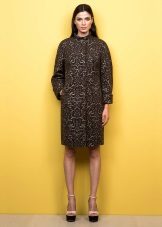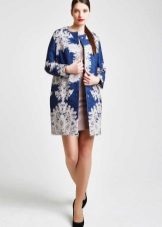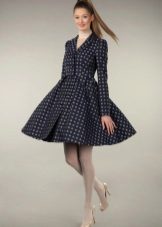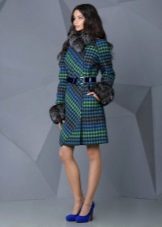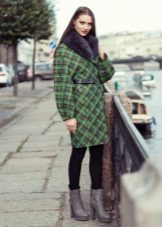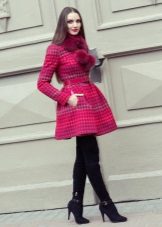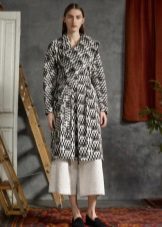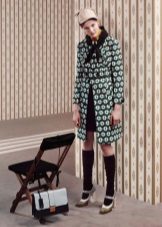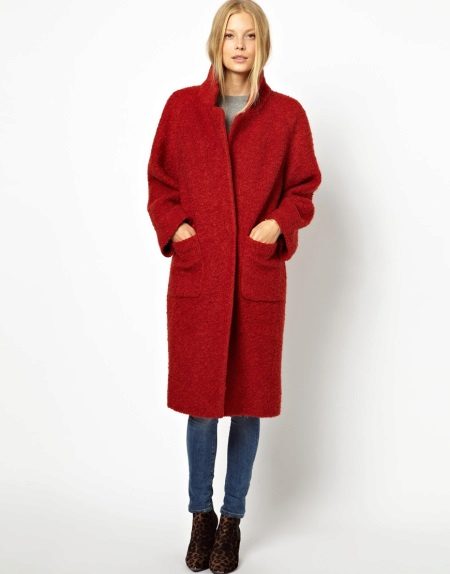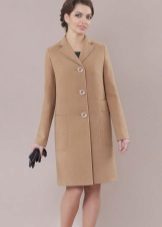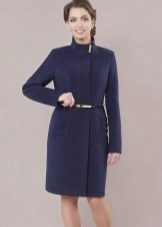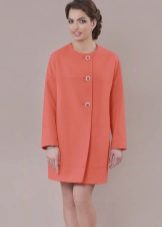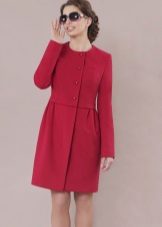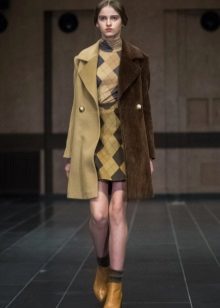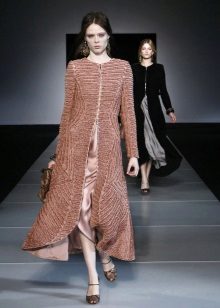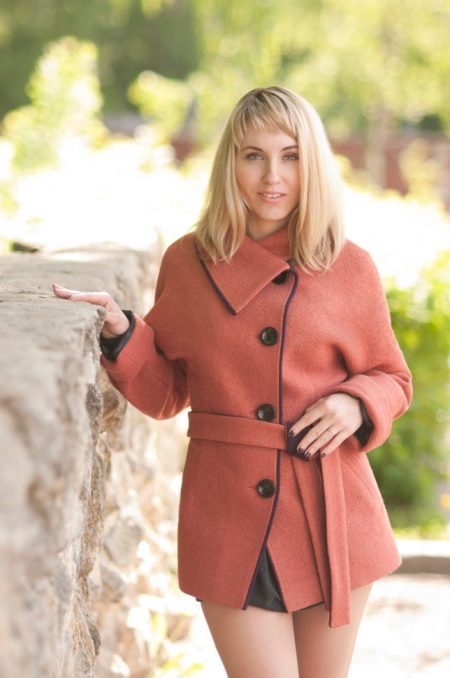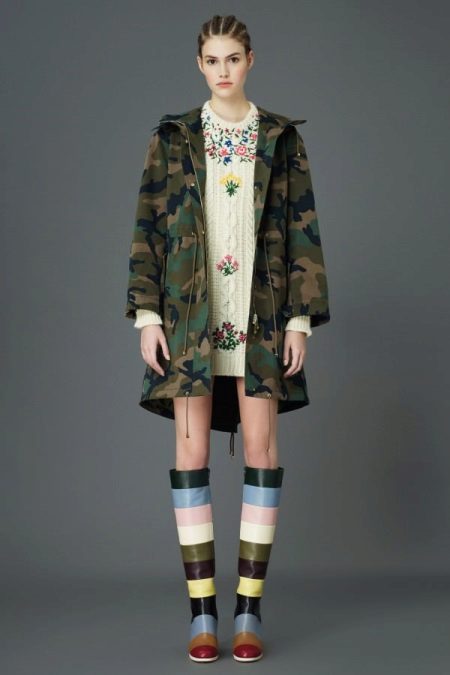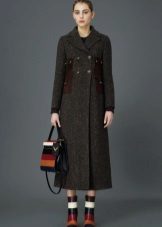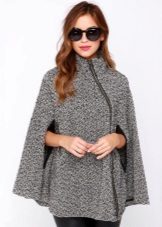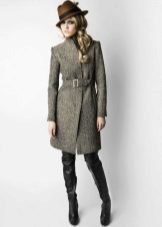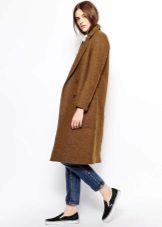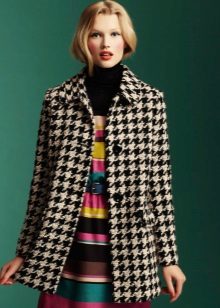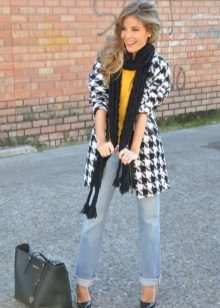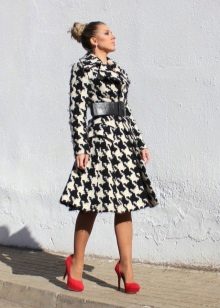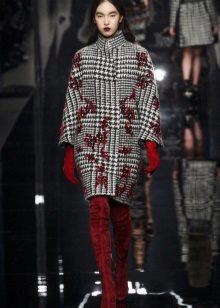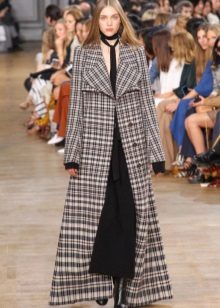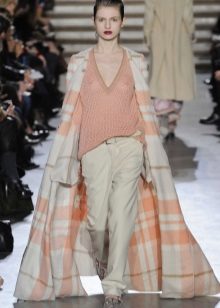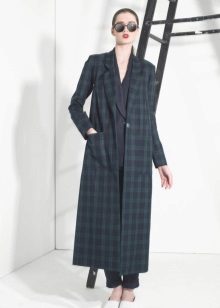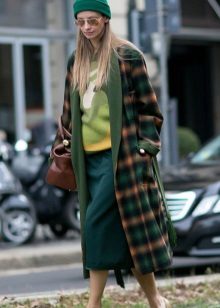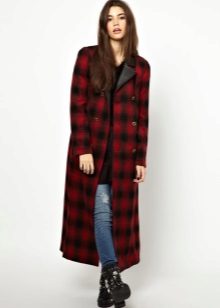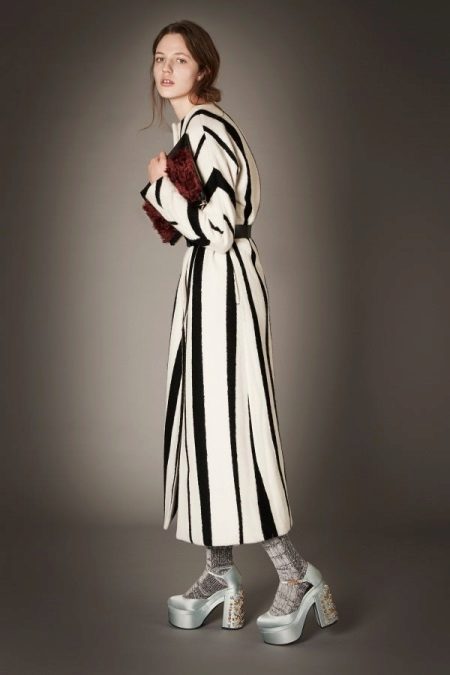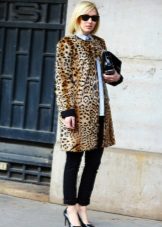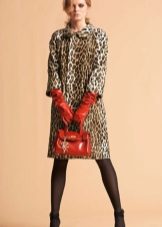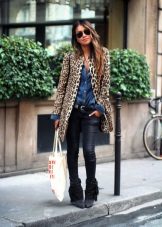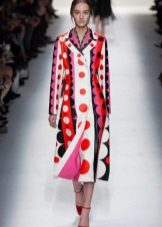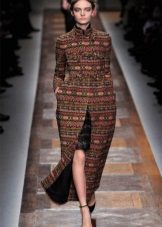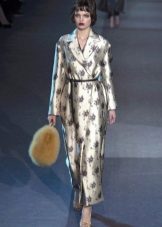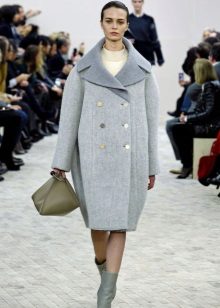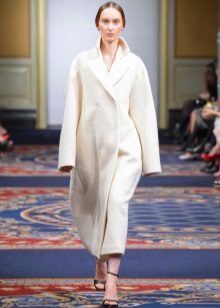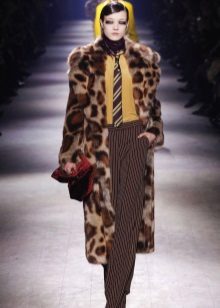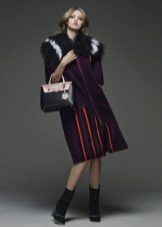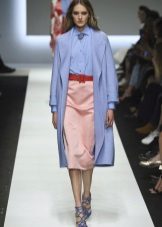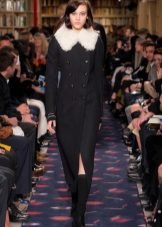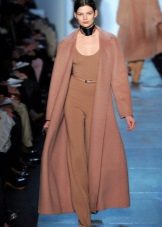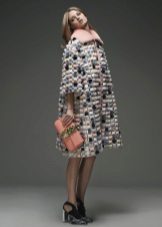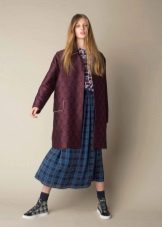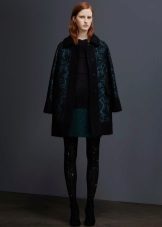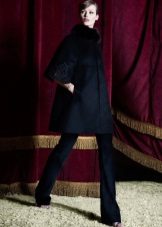Looking for such an irreplaceable thing in a wardrobe as a coat for yourself, you probably wondered: why do models that are outwardly similar in style and cut differ so much in their price? In fact, the answer is simple: the determining factor in this case is the fabric from which the product is sewn.
We all buy coats not for one season, and therefore the choice of material should be given due attention, including if you decide to sew a new dress yourself.
Tissue classification
Types of fabric for sewing coats vary in a number of ways:
- the main type of material (cotton, wool, synthetic fiber basis);
- the structure of the canvas (nap, cloth, thin-cloth);
- the type of thread in the fabric (regular, twisted, double);
- relief
- color (plain or melange fabric)
What types of fabric sew a coat?
Wool Fabrics
Wool fabrics in the production of coats have long been in leadership positions due to their external qualities and functional characteristics. They are surprisingly warm, comfortable and at the same time light.
Wool based fabrics vary in composition. There can be pure wool (almost 100% wool) or wool blend (about 50% wool, the rest is synthetic fibers).
Let us dwell on the first group of tissues.
Coat fabric
Paltovaya fabric - one hundred percent wool, dense, but at the same time very soft to the touch, so it is easily draped.
Boucle
This is a coarse material, obtained from yarn with large knots in the base or in a weft, located at a certain distance from each other, as a result of which a knotted structure is obtained. Because of the puffs, this fabric can easily be deformed and lose its presentable appearance. In addition, due to the loose structure, it is quickly contaminated and difficult to clean.
Gabardine
Fabric with a diagonal weave, loose and tough, made of twisted yarn (as a rule, summer coats are sewn from it).
Tweed
Fabric with a melange effect, rough to the touch, but at the same time elastic, pleasant and practical to wear.
Alpaca
This is a woolen fabric that does not cause allergic manifestations, has healing properties (beneficial for problems with joints), durable in wearing.
Beaver
Hard fabric with a short stand-up pile on the front side.
Camel's wool
Camel wool has a characteristic light brown color, very soft, perfectly retains heat. This wool, of course, refers to the expensive, as well as wool goats and llamas.
Cashmere
Cashmere is the most elite fabric for the production of coats; thin fibers (twice thinner than a human hair) from cashmere goats are used for its production. As a rule, it is monophonic, but can be painted in a variety of colors, from pastel to screaming.
Wool Blend Fabrics
We give examples of wool blend fabrics.
The same cashmere can include silk, viscose (which to some extent changes its properties).
The drape varies in composition: in addition to wool (often melange) it may include nylon, viscose, nitron, polyether. It is a heavy bulk fabric.
The pattern can be large- or small-patterned.From the inside, the drape has a felt-like structure, which allows it to retain its heat well and protect it well from the wind.
Crepe is composed of fiber viscose, caprone and nitron. It has a rough structure, strongly stretched when worn.
Cotton fabrics
These types of fabric are also practical. They are durable, hygroscopic, do not cause allergies, are easy to use, differ in the thickness of the yarn and the way weave the thread. As for the coat, for their production uses a whole range of fabrics based on cotton. Consider some of them.
Cloak
Raincoat fabric is a lightweight, non-removable fabric, treated with water-repellent impregnation, usually used for lightweight coat models.
Felted knitwear
Felted knitwear combines in its structure a soft and rough surface with a pile, it is very convenient to handle it, its fit is perfect, light but warm at the same time, it is almost not wrinkled. The front and seamy side of it do not differ.
Jacquard
Jacquard is a fairly durable material, although its mass is insignificant. Outwardly, it is similar to the tapestry, looks amazing due to the intricate pattern (usually the image of flowers). The fabric is durable, easy to clean.
Boucle
Boucle fabric can also be cotton based.
Velours
Velor - a fabric with a soft nap on the surface, velvety to the touch, looks very presentable and expensive, while warm and practical, but with a long wear can wipe.
Velveteen
Velvet has a fleecy ribbed surface, in appearance resembles velvet.
Boiled cotton
Boiled cotton (mercerized) - cotton, which has been processed by a special composition. As a result, acquired noble luster, rich color, increased strength. Products from this material are practically not shrunk or crumpled.
Prints
Prints are various images printed on any surface, in this case, on the fabric from which the coat is sewn. This is one of the ways to attract attention to yourself, to emphasize your individuality.
"Herringbone"
There are prints that never go out of fashion, for example, "herringbone" (another name "corners", "broken strip"). As a rule, the herringbone is usually made in restrained tones (black, shades of gray and brown). It can be vertical or horizontal.
"Goose foot"
Another equally popular print is the “goose foot”. It is very stylish, attracts attention with its lines and shape of the ornament. Traditionally, the "foot" black and white, but now it is found in a wide variety of color combinations. The size of the cells can vary from a few millimeters to tens of centimeters.
Cell
Mention should be made of other prints that designers use to create different models of coats. This is a cell that many people associate with a warm blanket.
Strip
A few seasons from the fashion does not go strip (vertical or horizontal).
Leopard and geometry
Many fashionable women prefer animalistic prints (tiger and leopard in the first place). And, of course, we should not forget about the peas and geometric patterns.
Important note: if you choose a coat with a print, then complement it with plain clothes, and no flashy accessories.
How to choose a fabric?
What exactly to give preference with all the diversity of the range represented by the modern fashion industry?
You choose, of course, yourself, because each person has his own perception of the fabric, the same material causes different tactile sensations in different people. It should be remembered that outerwear should not only have a presentable appearance, but first and foremost be practical and functional.
